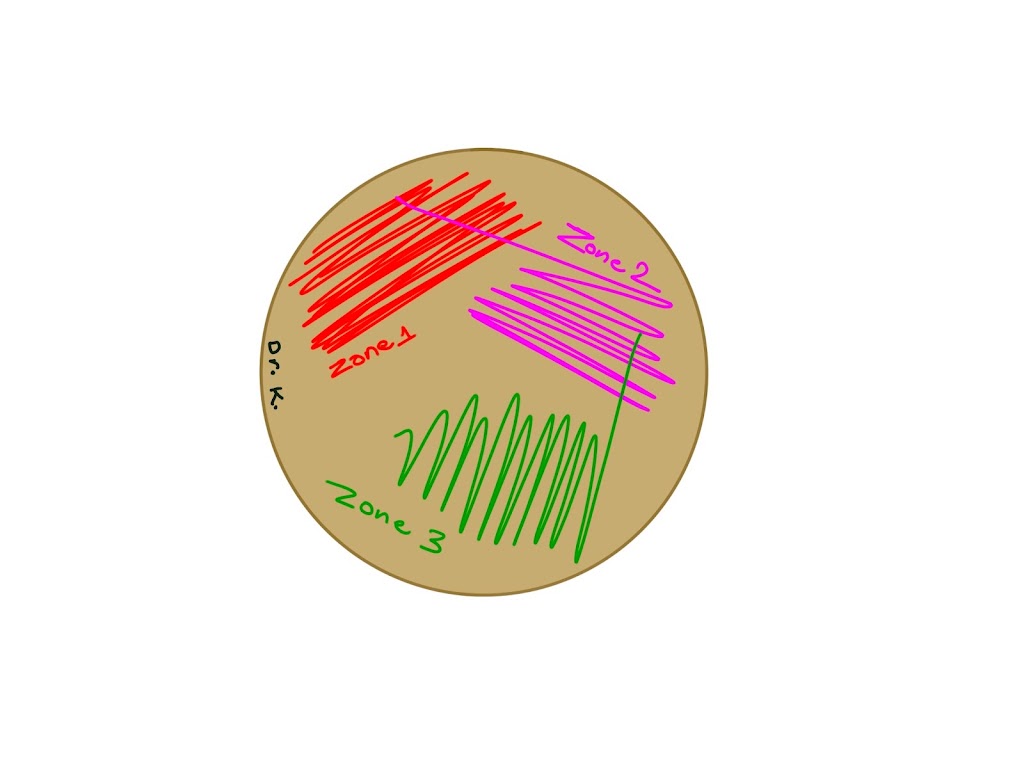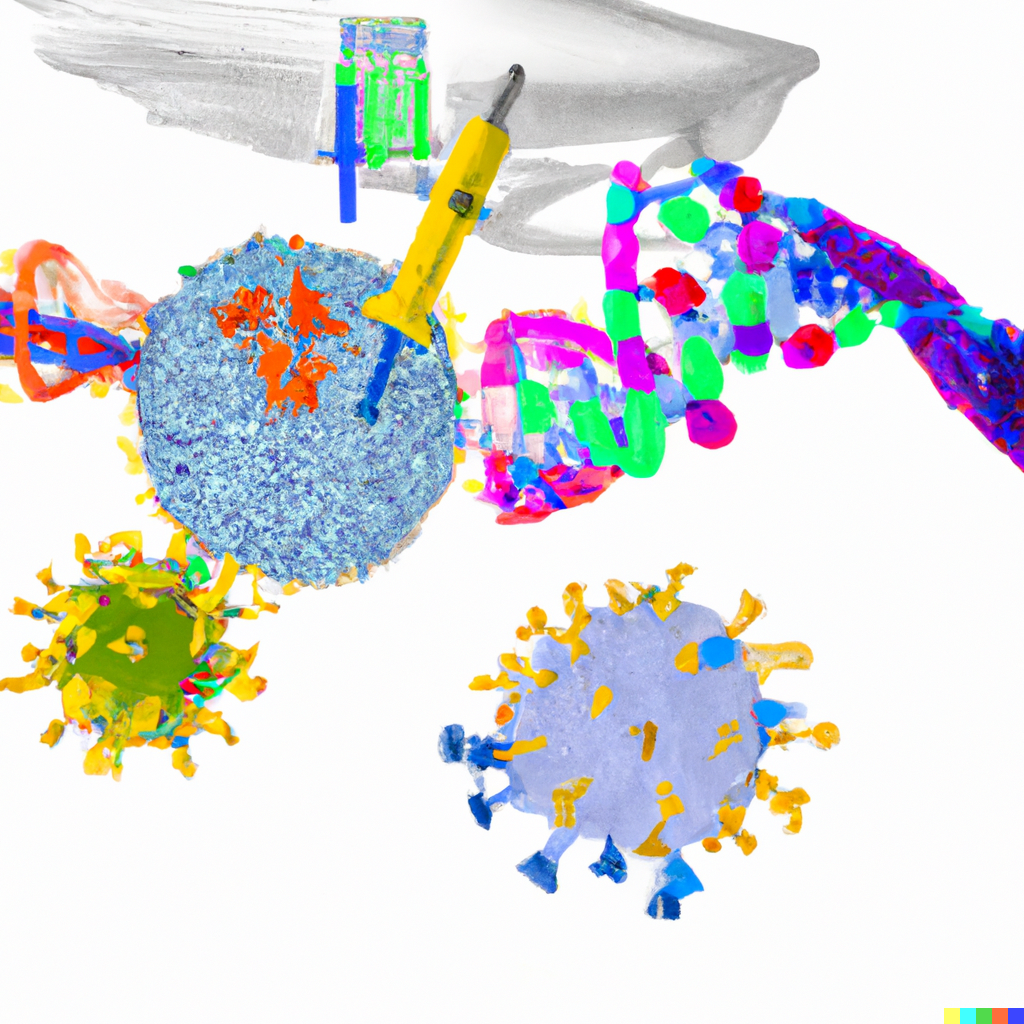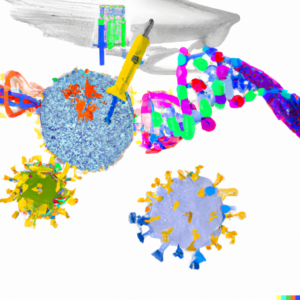Viruses are small infectious agents that can replicate only inside the living cells of an organism. They are typically classified based on their shape, size, and the type of disease they cause.
The most common way to classify viruses is by their shape. There are four main shapes of viruses:
Spherical or virion viruses: These viruses have a round shape, like a ball. They are often the smallest type of virus and can range in size from 20 to 400 nanometers in diameter. Examples of spherical viruses include the influenza virus and the common cold virus.
Helical viruses: These viruses have a spiral shape, like a spring or a coil. They are typically longer than virions and can range in size from 100 to 1,000 nanometers in diameter. Examples of helical viruses include the tobacco mosaic virus and the hepatitis C virus.
Icosahedral viruses: These viruses have a shape like a soccer ball, with 20 identical triangular faces. They are the most common type of virus and can range in size from 25 to 250 nanometers in diameter. Examples of icosahedral viruses include the human papillomavirus and the poliovirus.
Complex viruses: These viruses have a more irregular shape, with multiple structures or components. They can range in size from 200 to 1,000 nanometers in diameter. Examples of complex viruses include the HIV virus and the adenovirus.Another way to classify viruses is by their size. Viruses range in size from 20 nanometers to several micrometers in diameter. The smallest viruses, such as the tobacco mosaic virus, are only 20 nanometers in diameter, while the largest viruses, such as the poxviruses, can be up to 500 nanometers in diameter.
Viruses can also be classified based on the type of disease they cause. The most common types of viral diseases include:
Respiratory infections: These infections affect the respiratory system, including the nose, throat, and lungs. Examples of respiratory viruses include the influenza virus, the common cold virus, and the coronavirus.
Gastrointestinal infections: These infections affect the digestive system, including the stomach and intestines. Examples of gastrointestinal viruses include the norovirus, the rotavirus, and the hepatitis A virus.
Sexually transmitted infections: These infections are spread through sexual contact and can affect the genitals, anus, or mouth. Examples of sexually transmitted viruses include the HIV virus, the herpes simplex virus, and the human papillomavirus.
Other viral diseases: These diseases can affect various other systems in the body, such as the liver (hepatitis), the brain (encephalitis), and the skin (chickenpox). Examples of viruses that cause these diseases include the hepatitis B virus, the West Nile virus, and the varicella-zoster virus.
There are also several sub-classifications of viruses based on their specific characteristics. For example, some viruses are classified as enveloped viruses because they have a protective layer of proteins and lipids surrounding their genetic material. Other viruses are classified as non-enveloped viruses because they do not have this protective layer.
Additionally, some viruses are classified as DNA viruses because they contain DNA as their genetic material, while others are classified as RNA viruses because they contain RNA. There are also retroviruses, which are a type of RNA virus that can convert their RNA into DNA and integrate it into the host cell’s genome.




















